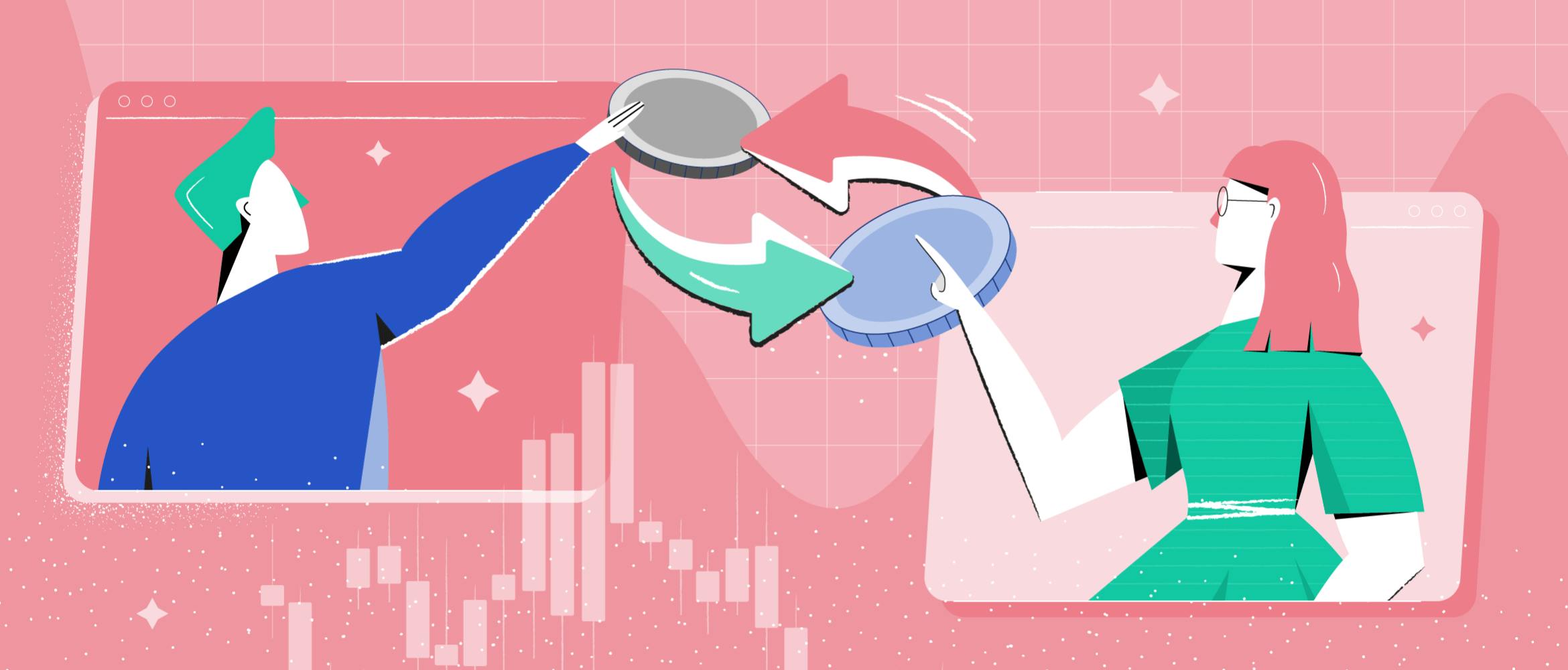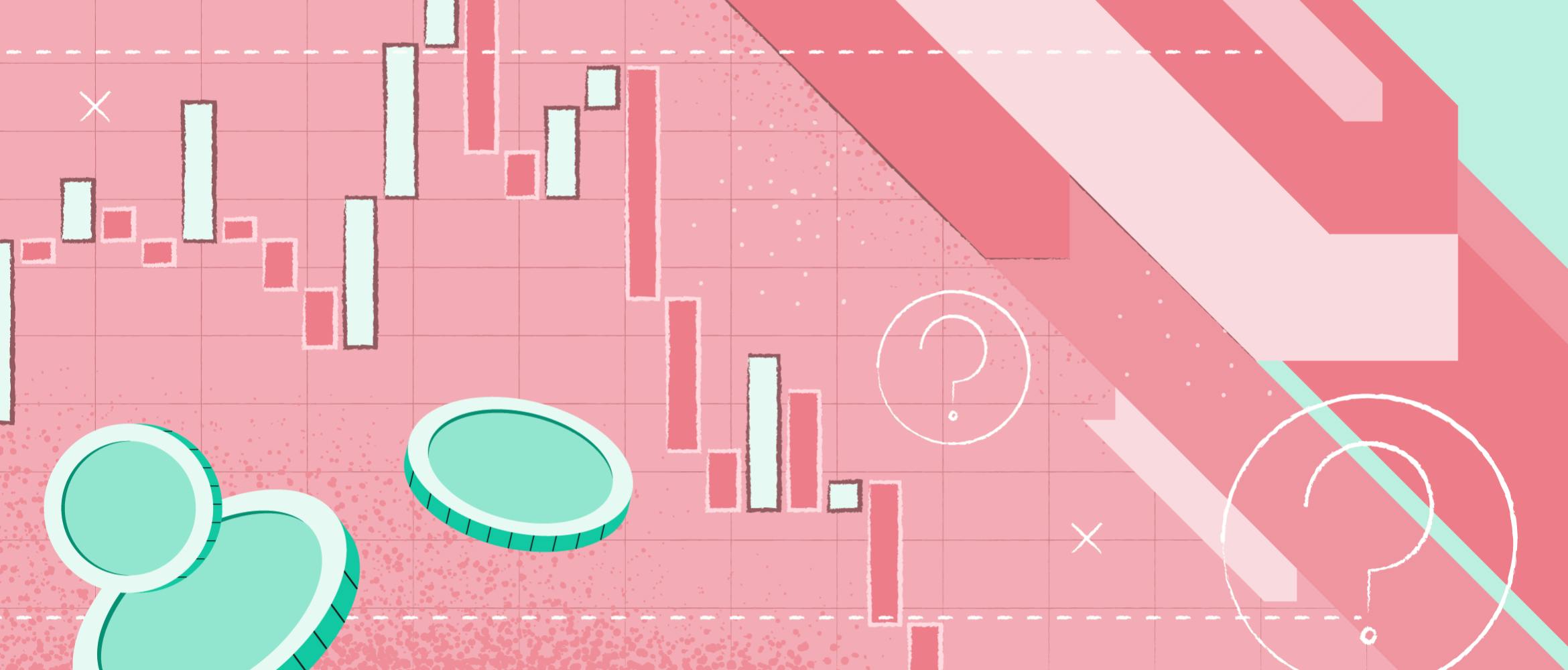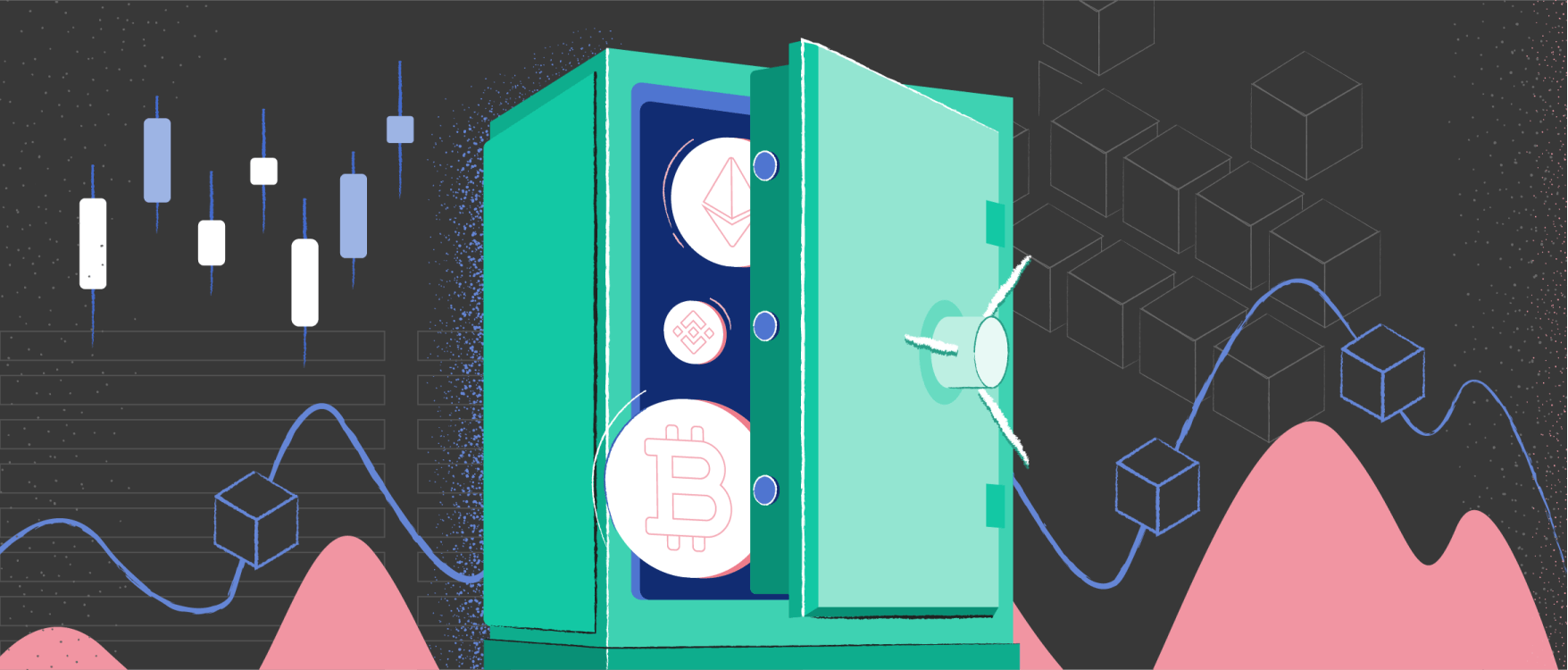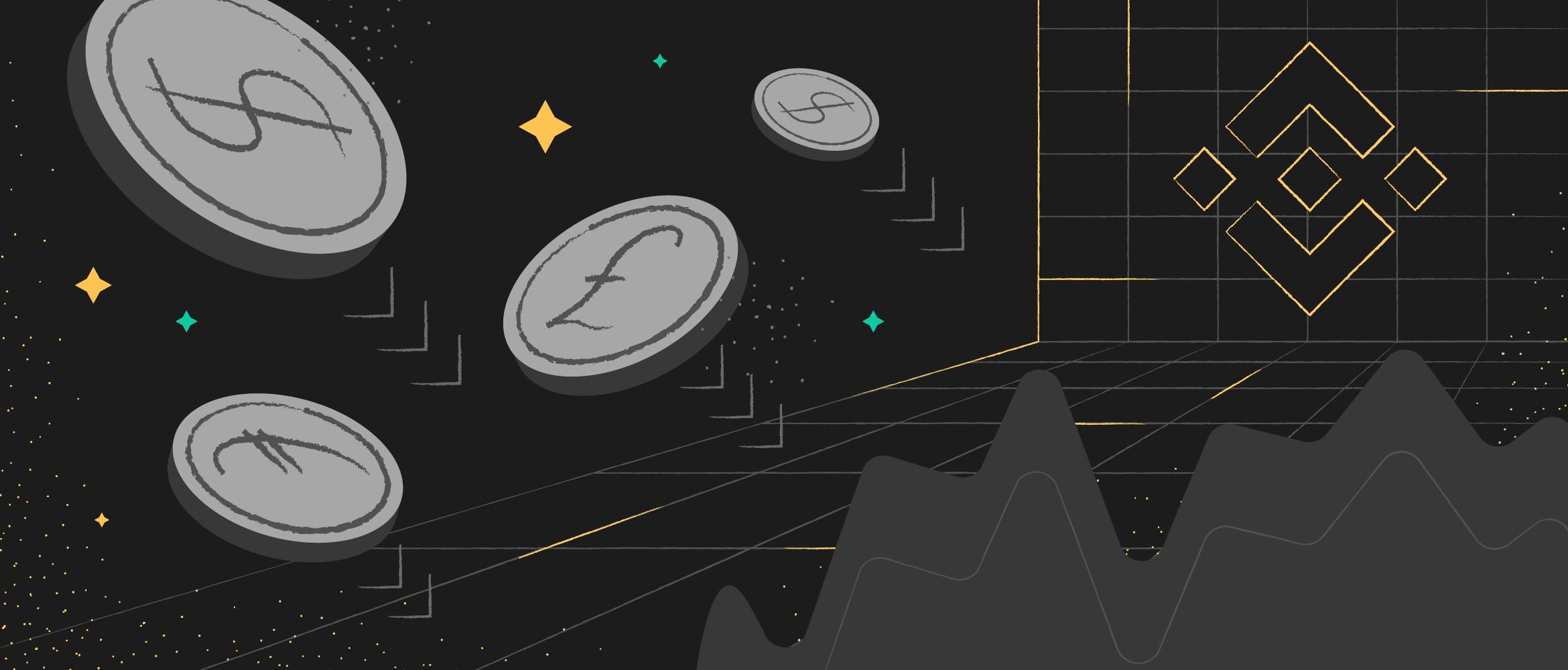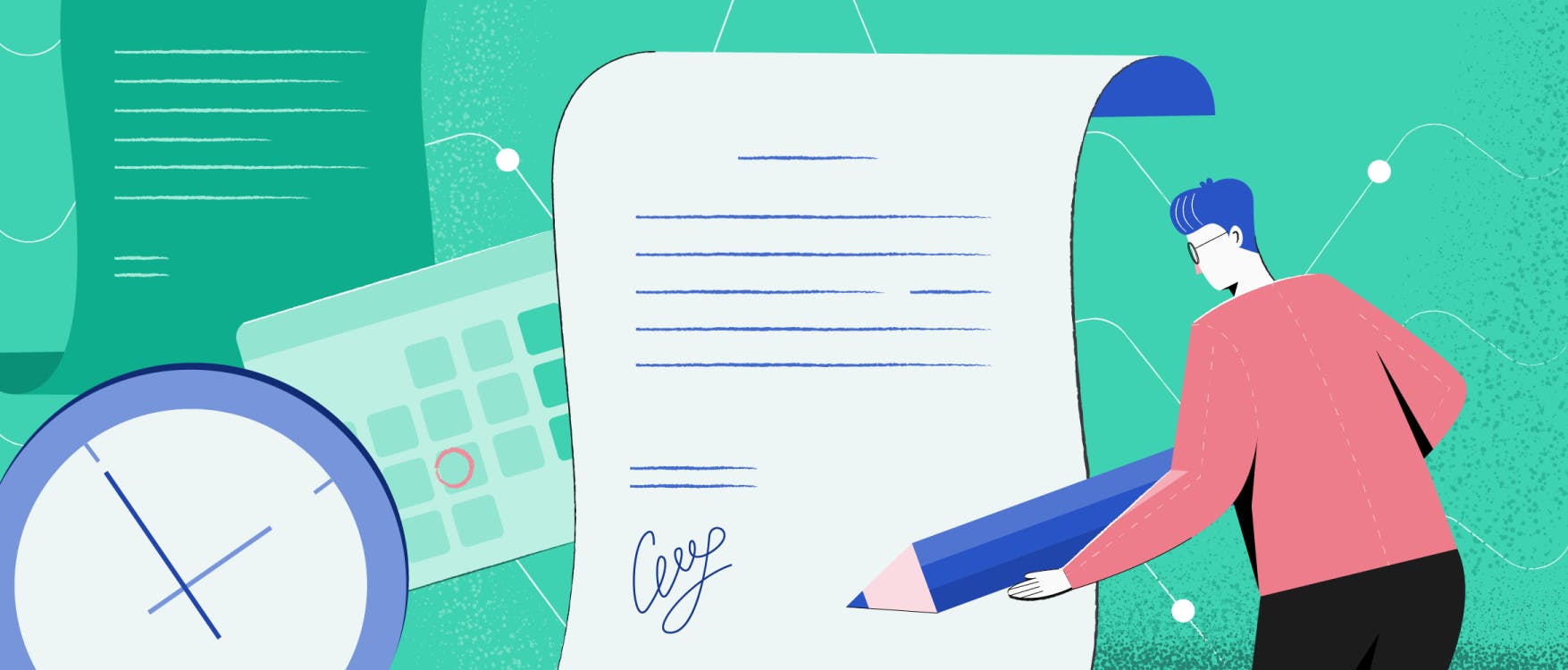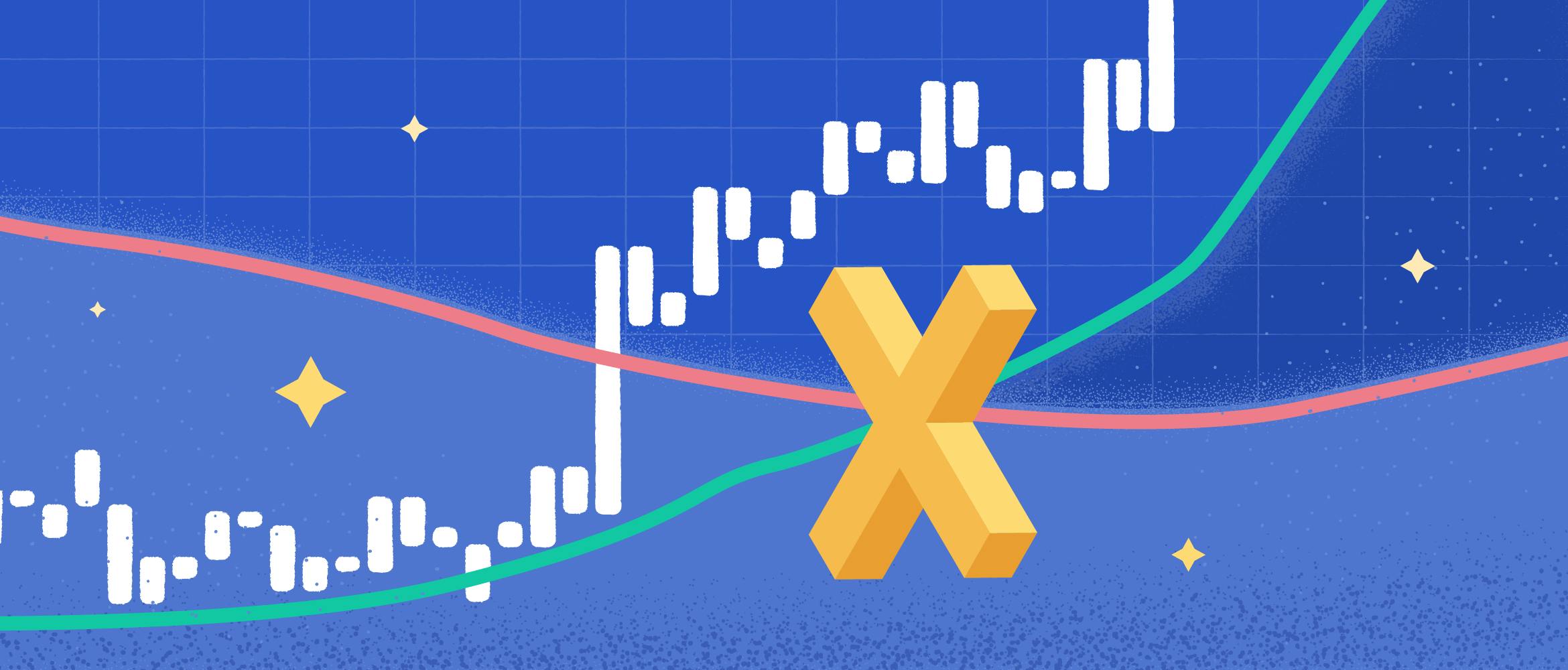
- All
- Analytics
- Technical Analysis
- Trading
- Blockchain
- DeFi
- Guides
- Company News
- Educational
- Opinion
- Price Predictions
- Tools
- Market News
- News
- Trading cases
- Practical guides
- Exchanges
- Trading signals
- Cryptocurrency
- Crypto bots
- Other
Become a crypto master
Learn everything about crypto,
trading and bots

What Is a Spot Market and How to do Spot Trading?
Spot Trading in 2025: Institutional Momentum and Automation Trends. This article discusses the growth of spot trading driven by institutional adoption, regulatory backing, and advanced automation tools like crypto trading bots. It highlights how strategic automation integration is shaping the future of digital asset trading.
Start Trading on 3Commas Today
Get full access to all 3Commas trading tools with free trial period

Spot trading existed in traditional markets long before the first cryptocurrency was established. It’s a fundamental idea for any trader who is just getting started in the world of trading. If you want to know what is spot trading in crypto, this article will be helpful to you.
What is spot market?
A spot market is a market with special terms of settlement between participants in a transaction. The operations on such a market are called spot or cash transactions. Buyers and sellers conclude different deals considering the asset’s market price.
The clearest example of the spot market is Forex — the international currency exchange. In addition to dollars, euros, and other fiat currencies, there are pairs of valuable metals, cryptocurrencies, futures, oil, indices, and others. The primary feature the spot market has to offer is the instant emergence of property rights.
What does spot mean in trading
Spot trade is a type of payment that is executed within a short period, not more than three days. Spot literary means cash, even though the majority of these transactions are conducted non-cash. The market for currency conversion transactions is called the spot market.
In spot trading, all transactions are made directly between buyer and seller. Each trader has the right to place an order, to buy or sell the asset or accept an order from another market participant.
What is spot buying?
Spot buying is the process of buying an asset on a spot market. To do spot trading, both parties have to meet two general conditions:
- the one who sells the asset is its full owner until the transaction is closed
- the one who buys the asset becomes its rightful owner after the transaction is closed
The rate at which the exchange is made is called the spot rate or the spot price. Another important point to consider is that traditional markets use a fiat account to buy and sell assets. Whereas on the Binance cryptocurrency exchange, it’s possible to directly exchange one asset for another. For example, Bitcoin to Litecoin.
Sometimes traders talk about spot trading vs instant buy, but the terms are interconnected. On Binance, you can buy crypto on the spot market instantly; it involves instant delivery in the market on a particular date. The fee for instant buy/sell is 0.5% per transaction instead of a 0.1% fee per slide for spot trades.
Types of spot market transactions
The main feature of a spot market is real-time pricing—all the prices you see on the market update instantly. If someone has matched the order, the prices will change right away, displaying the current state of the market.
Over-the-counter spot trading works differently. As opposed to spot trading on the exchange, you can perform a transaction without an order book. Once you agree with another party, you can set the amount and price directly.
Although payments on spot trades are immediate most of the time, some transactions offer deferred payment. In this situation, the spot value date is when money is transferred for the transaction. There are the following types of payments:
Depending on the asset, delivery might be instantaneous or within the transaction date plus two business days. Previously, a 2-day frame was enough to cover the transfer of physical certificates, wire, or deposit. Nowadays, there is no need for such transactions. As a result, traders don’t have to wait two extra days.
When it comes to trading crypto, the markets are open 24/7. You can enjoy almost instant operations. Transactions may take a little longer for Peer-2-peer trading (P2P), also known as over-the-counter trading (OTC).
There are also swap trades, which are executed when a trader does not terminate a position on the same day but keeps it open for multiple days. In this instance, the broker manages transactions following the so-called overnight transition. The essence of swap operations is to sell the current spot and repurchase it. This twofold method might have both favorable and harmful consequences for the trader.
Types of spot market contracts
There are two major types of contracts on the spot market:
- Delivery contracts. You get the assets at the end of the deal.
- Non-deliverable contract. You don’t get the assets at all. For example, operations on the currency spot markets are non-deliverable. Otherwise, the operations would be unprofitable. Brokers have an opportunity to earn on the spreads.
Spot vs derivatives markets
The price of the identical goods on the exchange may change over time. Say you buy an asset for $100 today. A month later, the same asset may cost you $50 or $200. If you need an asset right away, you can make a spot purchase; in this case, it will be delivered in two days. The price you paid is the spot transaction or simply the spot price.
Advantages of the spot market
To understand a spot market, let’s look at the best features it can offer to traders.
- Spot trading is cheaper relative to the futures market. Prices rely on supply/demand, so you can see why the prices change.
- The spot market is straightforward. You can calculate your risks within seconds. All the rules, rewards, and risks are easy to understand. There is no need to worry about a margin call or liquidation. If you invest on the spot market, you can predict your risks based on the current price and entry.
- The spot market is volatile and allows speculators to make good profits.
- Due to the instant execution of contracts, the spot market has high liquidity.
- You can enter and exit a trade at any time. Unless you short your assets, you don’t need to worry about checking your investment.
Disadvantages of the spot market
- Lower potential gains compared to other markets. You can use leverage to trade more significant positions. However, using leverage increases the risk.
- Price "slippage" on the peak volatility, which can bring big losses to the trader.
- The state does not regulate the market; the risks are on the trader's shoulders;
- You take responsibility for the assets you hold. Holding tokens/coins, for example, means that you have to make sure your crypto wallet is reliable and secure.
What is the derivatives market?
A derivative is a contract between the parties that obligates them to mutually fulfill their underlying asset obligations. It can be a commodity or precious metal, a currency or bond, a stock, or a stock index — basically, any valuable asset, including crypto assets.
Let’s define the most popular derivatives. The most common types of derivatives are the following:
- Futures
- Forward contracts
- Options
- Swaps
What they all have in common is that the delivery of cash (if delivered at all) takes more than two days, while the spot market requires simultaneity of the transaction and the instantaneous emergence of the buyer's title to the asset. The process takes no more than two days.
Trading derivates
Derivates can be used to hedge, speculate and diversify an investment portfolio. Like any other financial instrument, traders can benefit as well as lose their capital.
For example, an investor buys a futures contract to deliver Bitcoin in September at $60,000. In other words, the seller agrees to provide Bitcoin to the buyer in September, and the buyer agrees to pay $60,000 for it. In August, Bitcoin declines rapidly, and its delivery in September becomes unprofitable. What can a trader do?
Hedge (protect) the futures with the derivative XBTUSD by opening a sell trade. Let's assume that by the time of delivery, the Bitcoin price has fallen to $40,000, bringing a loss to the trader. However, opening a short position on the derivative brings the trader a profit of $20,000 or more if leverage is used. Meaning, the trader can protect himself from a loss on the futures contract or even make an additional profit on the hedge.
Investors can use special orders to manage risks when trading derivatives, such as stop-loss or trailing stop, to protect the position from a sudden price reversal. Various order types are available to traders on the Binance trading platform to preserve capital from losses, lock in profits, and enter the market at the right time.
The most popular cryptocurrency derivatives are contracts for the most liquid coins. For example, Binance allows traders to trade the following assets:
- USDⓈ-M Futures. Perpetual or Quarterly Contracts settled in USDT or BUSD.
- COIN-M Futures. Perpetual or Quarterly Contracts settled in Cryptocurrency.
- Binance Leveraged Tokens. Enjoy increased leverage without risk of liquidation.
- Binance Options. Limited risk and unlimited profits.
Financial risks of derivatives
The volatility of cryptocurrency markets combined with leverage can lead to losses even for experienced traders. Before trading cryptocurrency derivatives for bitcoin and other digital assets, you should perform technical analysis, including the use of various indicators: RSI, MACD, Elliot waves, Fibonacci tools, etc.
Investing in derivatives requires a deep understanding of how they are structured and how they work. Since the international derivatives trading market is worth trillions of dollars, there are bound to be scammers who will try to profit from the incompetence of novice investors and traders. Because cryptocurrency derivatives are highly volatile, remember the old wisdom of not putting all your eggs in one basket. Use derivatives as a hedging or diversification tool to accompany your spot trading strategy, not just as a speculative tool to make a quick buck.
Once you click on Classic, you’ll see a simple and easy-to-use interface. It contains sections that can be helpful for traders.
You'll now see the classic trading view, which contains a few different sections of interest.
- The BTC/USDT area lets you choose any cryptocurrency pair available at Binance. You can select a pair to trade on the spot market. Many pairs are available; you can choose crypto-fiat or crypto-crypto pairs to trade.
- TradingView is the most extensive section on the screen is the chart showing you historical price data. You can use any technical analysis tool to predict the price of an asset and build your trading strategy in advance. If you feel like learning more about TradingView, make sure to check educational material related to TradingView on Binance.
- Another crucial area is the order book. The section lists the latest buy/sell orders related to an asset in a descendant order. All the orders are either green or red. Green ones are buy orders, while red ones are sell orders. The order book lists all of an asset's open buy and sell orders organized by price. The green orders are buy orders, and the red are sell orders. When you place a market order to buy an asset, you accept the lowest price on the market. If your order requires additional volume to be filled, the system will move it to the next lowest price.
- In this section, you can create your buy/sell orders. You can choose other orders, including limit, market, and stop-limit orders.
Let’s take an example to understand spot trading even better. Imagine you want to buy $2,000 (BUSD) worth of Bitcoin (BTC). To make the transaction, you have to input 2,000 into the Total field and click buy BTC. Binance will deliver the BUSD in no time. Once the operation is done, you will receive $2,000 BUSD.
In brief
Spot trading is one of the most common and straightforward ways to trade. It’s beneficial for newbie traders. Although the spot market is simple to use, it is always helpful to be aware of its benefits, drawbacks, and potential risks. Aside from the basics, you should think about integrating your knowledge with technical and fundamental analyses.
Spot Trading in 2025: Institutional Momentum and Automation Trends
Institutional Integration and Market Structure Shifts
As of 2025, spot trading in the cryptocurrency sector has matured significantly. The approval and sustained growth of spot Bitcoin ETFs has driven institutional capital inflows, reshaping market behavior. With BlackRock's iShares Bitcoin Trust exceeding $7 billion in holdings this year, and Fidelity and other funds following close behind, high-volume trading has increasingly moved into structured, regulated vehicles. This has created spillover effects in spot trading pairs across centralized exchanges.
For traders using automation strategies, this liquidity has opened up new efficiencies. Many professional asset managers now incorporate crypto bot trading software into their execution layers, using crypto trading bots for round-the-clock market access and rapid response to price action. Institutions are no longer passively observing these tools—they are deploying crypto AI trading bots and automated crypto trading bots to scale operations across multiple exchanges.
Policy Backing and Regulatory Legitimacy
Governmental engagement has also helped solidify spot trading’s legitimacy. The Strategic Bitcoin Reserve, established via executive order in early 2025, has underscored the U.S. government's acknowledgment of crypto as a reserve asset. States like New Hampshire now legally allocate portions of treasury reserves into assets like Bitcoin, further elevating crypto’s institutional profile. These moves have generated greater demand for reliable crypto bot trading platforms among asset managers seeking compliant, high-throughput execution tools.
Rise of Automation and Trading Tools
Alongside institutional developments, automation has continued to redefine trader workflows. AI-enhanced solutions are now embedded into leading trading software, including from providers like 3Commas. Traders—retail and institutional alike—leverage crypto trade bots, signal trading bots, and grid trading bots to manage diverse strategies including arbitrage, momentum capture, and mean reversion.
The availability of customizable options has also expanded. Today, traders can buy crypto trading bots with advanced configuration features, ranging from crypto dca bots for steady accumulation to crypto spot trading bots optimized for high-volatility environments. As AI integrations improve, the performance gap between manual trading and automated strategies continues to widen.
Market Outlook and Strategic Considerations
Despite macroeconomic headwinds and a Q1 decline in total crypto market capitalization, trading volumes on centralized exchanges reached $5.4 trillion. Bitcoin’s dominance rose above 59%, signaling consolidation around key assets. This backdrop has spurred adoption of crypto trading bot apps and automated trading bots by funds and private investors seeking to reduce operational risk while maintaining competitive execution speeds.
Looking forward, the convergence of institutional adoption, government support, and automation is likely to further entrench spot trading as the foundation of digital asset markets. Professional traders and asset managers using cryptocurrency trading bots and crypto bot trading platforms are uniquely positioned to capitalize on structural efficiencies and the compounding power of automation over time.

A proven leader, successful at establishing operational excellence and building high-performance teams with a sharp focus on value creation and customer success.
